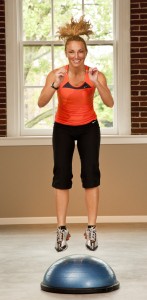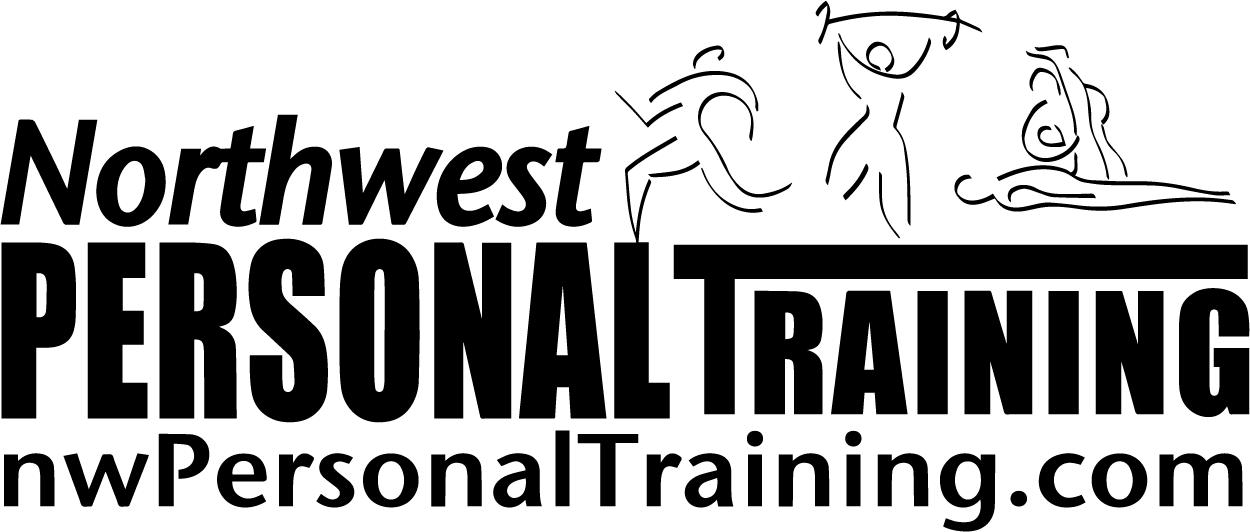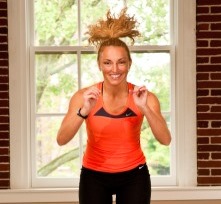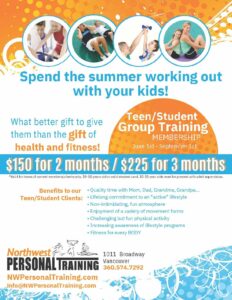Bones are living tissue and can adapt to external stimulus like exercise, nutrition, and lifestyle. Specifically, high impact exercise has been linked to better bone health due to the increased weight and force on the bones providing bone-strengthening benefits and making your bones thicker and stronger. Bone mass starts to decline as we age leading to porous, brittle, and weak bones, however, people who continue with impact activities can slow the rate of decline and lower their risk for osteoporosis and bone fractures.
With that said, not all bodies can tolerate high impact activities like jogging, skipping rope and athletic plyometrics. So, how can you experience the benefits of bouncing without increasing your risk for stress fractures, joint pain, arthritis, and tendinitis?
Don’t forget to sign up under “Weekly Fitness Tips” to automatically receive my latest blog post in your inbox!
Here’s a list of gentler ways to increase the impact to your bones:
Trampoline
Invest in a trampoline and start with a few minutes of trampoline bouncing. It will provide some impact to the bone, but much gentler than jumping on hard flooring.
 Water Running
Water Running
Instead of running on the pavement, start with running in your local pool. The buoyancy of the water will be gentler on your body but will still provide some impact to your bones.
Airless Bouncing
Standing tall, engage your core and start gently bouncing up and down without leaving the ground. You’ll provide some impact to the bone, but it won’t be as jarring as regular jumping up and down.
BOSU Bouncing
A BOSU trainer can provide a softer landing and the same benefits as Trampoline bouncing. Be sure to start with support and/or assistance to improve your balance before you go hands-free.
Weight-Bearing
Incorporate lower-impact weight-bearing activities like walking, hiking, stair climbing and/or resistance training to provide some impact to the bone that the body can tolerate better than running.
Incorporate Agility Training
Find a tennis court or set up cones in a square and move your body quickly forwards, backwards, side to side and all around the space. This will help to preserve your fast twitch muscles and slow down the subsequent decline to bone density.
It’s important to note that 50% of all adults 50 years and older are at risk of breaking a bone and should be concerned about bone health. Even more alarming is that half of the victims admitted to hospitals due to hip fractures never go home again…and 24% of hip fracture patients 50 years and over die from complications within a year!
Bone health is important for all of us. Be sure to discuss your plan with your doctor and ask for further advice on nutrition and supplements that can help bone health.
Yours in Health & Fitness,
Sherri McMillan


